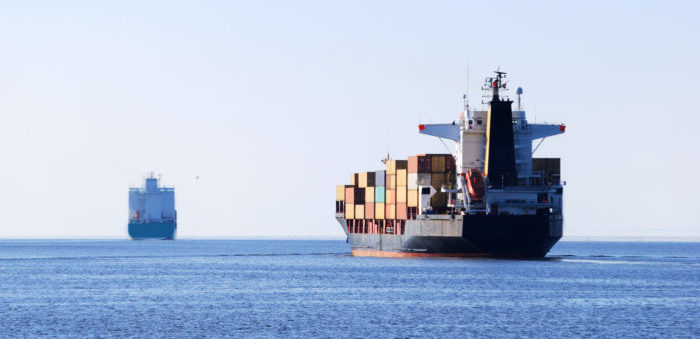On 27 March, the Baltic Index Council (BIC) announced its decision on the implications of the IMO 2020 Sulphur Cap for the Baltic Exchange’s timecharter indices. Namely, the Baltic will be adding clarificatory wording to its Capesize, Panamax, Supramax and Handysize vessel descriptions to confirm that the index vessels are not scrubber-fitted. The clarified vessel descriptions will enter into force from 1 April 2019.
The process to consider the possibility of changing the Baltic Exchange indices ahead of the IMO 2020 Sulphur Cap started in the end of 2017 and received feedback from five open forum events in London, Singapore, Athens and Copenhagen; two working group sessions for Baltic Exchange members; meetings with the Baltic Advisory Councils and meetings with panellists.
The Baltic Exchange also approached several shipowners, operators and brokers for information on the expected extent of scrubber installation, fuel specifications and vessel performance with low sulphur fuels and scrubbers.
The impact of any decision on derivatives open interest was also taken into consideration and the Baltic worked with the FFA Brokers Association (FFABA) and the relevant clearing houses.
In addition, a detailed consultation paper was issued to all members, the CCPs and FFABA in January 2019 describing the feedback received in 2018, and gave more opportunities to provide written feedback.
Explaining the consultative decision-making process, BIC Chairman Stefan Albertijn commented:
Our unanimous decision to clarify the vessel descriptions as a response to the IMO 2020 change in sulphur limits, involved careful examination of all the data and feedback received from the consultation process. We are confident that it is the right decision and one which best meets the needs of the shipping markets we serve
As for the Baltic Exchange Chief Executive, Mark Jackson, he said that this was a lengthy and rigorous process, and it was essential for the Baltic to take the time to obtain the necessary evidence and collective feedback. This aimed to ensure that the market was properly consulted and provided with an opportunity to be heard.






























































